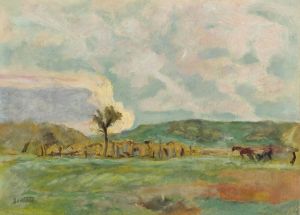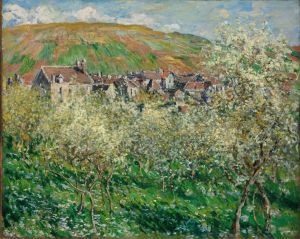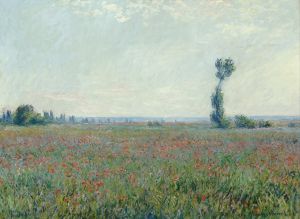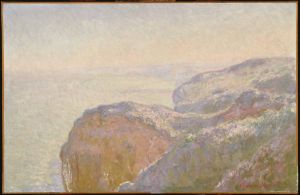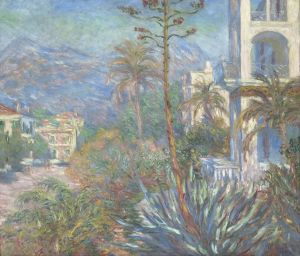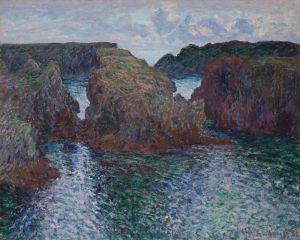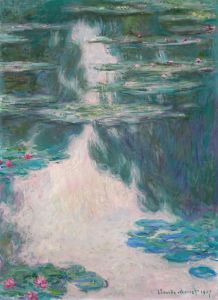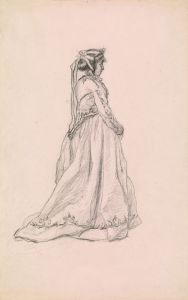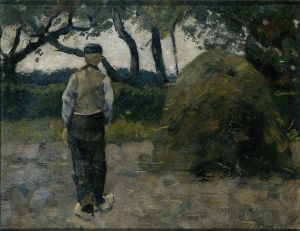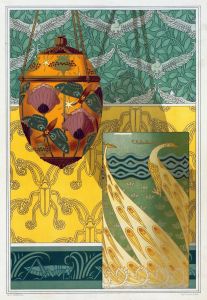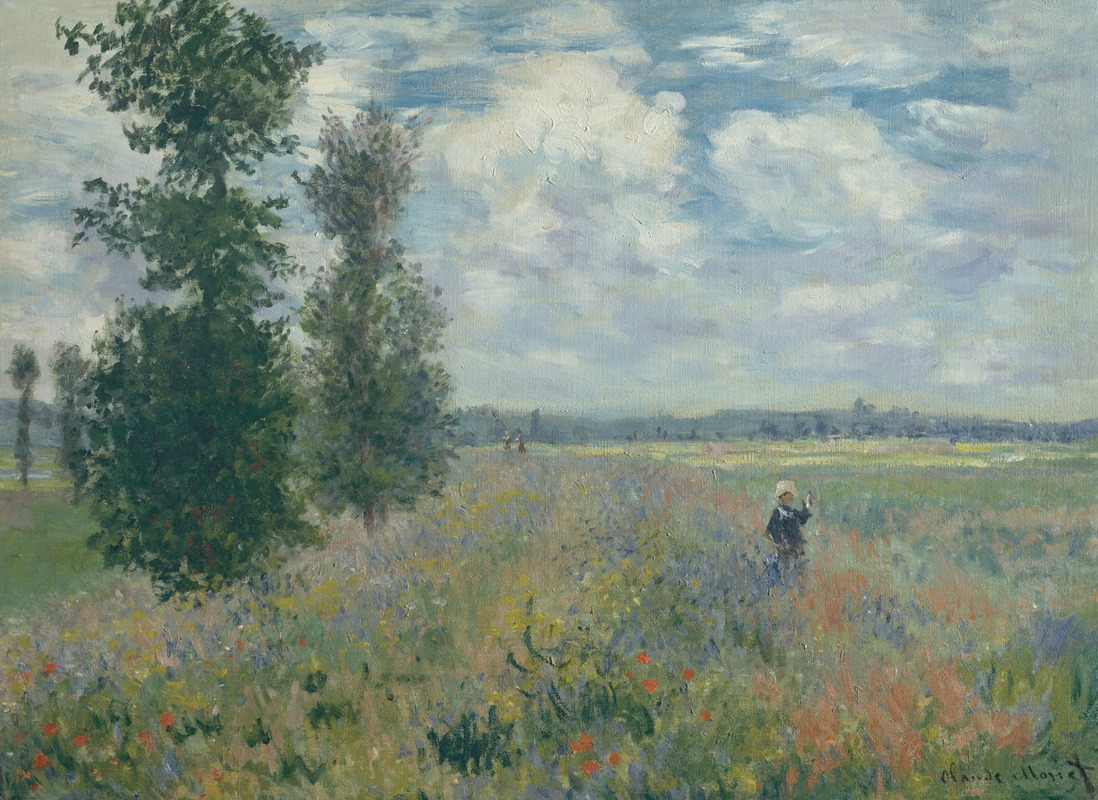
Poppy Fields near Argenteuil
A hand-painted replica of Claude Monet’s masterpiece Poppy Fields near Argenteuil, meticulously crafted by professional artists to capture the true essence of the original. Each piece is created with museum-quality canvas and rare mineral pigments, carefully painted by experienced artists with delicate brushstrokes and rich, layered colors to perfectly recreate the texture of the original artwork. Unlike machine-printed reproductions, this hand-painted version brings the painting to life, infused with the artist’s emotions and skill in every stroke. Whether for personal collection or home decoration, it instantly elevates the artistic atmosphere of any space.
"Poppy Fields near Argenteuil" is a celebrated painting by the renowned French Impressionist artist Claude Monet. Created in 1873, this work is a quintessential example of Monet's innovative approach to capturing light and atmosphere, which became a hallmark of the Impressionist movement. The painting is part of a series of works Monet completed while living in Argenteuil, a small town near Paris, where he resided from 1871 to 1878.
Monet's time in Argenteuil was particularly fruitful, as it allowed him to explore and develop his Impressionist style. The town's picturesque landscapes, with its fields, gardens, and the Seine River, provided Monet with ample inspiration. "Poppy Fields near Argenteuil" exemplifies his fascination with the effects of natural light and his desire to capture the fleeting moments of everyday life.
In this painting, Monet depicts a vibrant field of poppies, with figures strolling through the landscape. The composition is characterized by its loose brushwork and vivid color palette, which convey a sense of spontaneity and immediacy. Monet's use of color is particularly striking; the bright reds of the poppies contrast with the lush greens of the surrounding foliage and the soft blues of the sky. This juxtaposition of colors creates a dynamic visual experience, drawing the viewer into the scene.
The figures in the painting, likely Monet's wife Camille and their son Jean, are rendered with minimal detail, emphasizing the artist's focus on the overall atmosphere rather than individual features. This approach is typical of Monet's work during this period, as he sought to capture the essence of a scene rather than its precise details. The figures' presence adds a human element to the landscape, suggesting a harmonious relationship between people and nature.
Monet's technique in "Poppy Fields near Argenteuil" reflects his interest in the changing qualities of light and color. By using short, broken brushstrokes, he was able to convey the shimmering effects of sunlight on the landscape. This method, which became a defining characteristic of Impressionism, allowed Monet to depict the transient nature of light and its impact on the perception of color.
The painting is also notable for its composition, which guides the viewer's eye through the scene. The diagonal arrangement of the poppy field creates a sense of depth and movement, leading the viewer from the foreground to the distant horizon. This compositional choice enhances the painting's sense of openness and expansiveness, inviting the viewer to immerse themselves in the landscape.
"Poppy Fields near Argenteuil" is housed in the Musée d'Orsay in Paris, where it is part of a significant collection of Impressionist works. The painting is celebrated not only for its aesthetic qualities but also for its role in the development of Impressionism as a revolutionary art movement. Monet's innovative techniques and his ability to capture the ephemeral beauty of nature continue to inspire artists and captivate audiences worldwide.






